Istanbul and Cappadocia Exploration





Day 1: Arrival in Istanbul
Arrive in Istanbul, transfer to your hotel Visit the iconic Hagia Sophia and the Blue Mosque Enjoy a leisurely walk around Sultanahmet Square
Hagia Sophia
Hagia Sophia: A masterpiece of Byzantine architecture, Hagia Sophia is a symbol of Istanbul's rich history, blending Christian and Islamic influences.
Hagia Sophia officially the Hagia Sophia Grand Mosque is a converted former church and mosque and a major cultural and historical site in Istanbul, Turkey. The last of three church buildings to be successively erected on the site by the Eastern Roman Empire, it was completed in 537 AD. The site was an Eastern Orthodox church from 360 AD to 1204, when it was converted to a Catholic church following the Fourth Crusade. It was reclaimed in 1261 and remained Eastern Orthodox until the Ottoman conquest of Constantinople in 1453. It served as a mosque until 1935, when it became a museum.
Blue Mosque
The Blue Mosque in Istanbul, also known by its official name, the Sultan Ahmed Mosque, is an Ottoman-era historical imperial mosque located in Istanbul, Turkey. It was constructed between 1609 and 1617 during the rule of Ahmed I and remains a functioning mosque today. The Blue Mosque has an unprecedented six minarets. The six minarets are a particularly important facet of Ahmed's architectural assertion, but they came as a result of a miscommunication between Ahmed and the architect. Apparently, Ahmed actually wanted the minarets to be gold.
Sultanahmet Square
The Hippodrome of Constantinople, was a circus that was the sporting and social centre of Constantinople, capital of the Byzantine Empire. Today it is a square in Istanbul, Turkey, known as Sultanahmet Square. The word hippodrome comes from the Greek hippos, horse, and dromos, path or way.



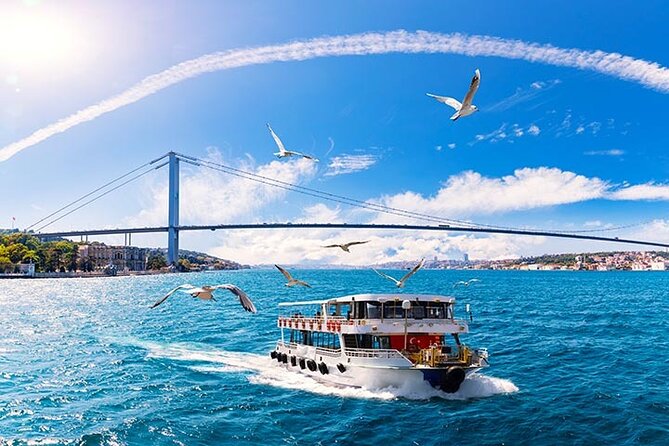
Day 2: Istanbul City Tour
Explore Topkapi Palace, former residence of Ottoman sultans Wander through the vibrant Grand Bazaar for shopping and cultural immersion Take a scenic Bosphorus cruise to see the city from the water Grand Bazaar: One of the largest and oldest covered markets in the world, offering a fascinating maze of shops selling everything from spices to carpets.
The Topkapı Palace
The Topkapı Palace, or the Seraglio, is a large museum and library in the east of the Fatih district of Istanbul in Turkey. From the 1460s to the completion of Dolmabahçe Palace in 1856, it served as the administrative center of the Ottoman Empire, and was the main residence of its sultans. Topkapi Palace is one of the most interesting and beautiful examples of Ottoman architecture. The palace is a maze of courtyards, gardens, and buildings, all surrounded by high walls and topped with ornate roofs. The architecture of the palace is a blend of Islamic, Turkish, and European influences.
Grand Bazaar
The Grand Bazaar in Istanbul is One of the largest and oldest covered markets in the world, offering a fascinating maze of shops selling everything from spices to carpets.
Bosphorus cruise
Admire the beauty of Istanbul on this 3-hour cruise along the Bosphorus with live music, entertainment, and dinner. Spot iconic Byzantine & Ottoman Empire attractions such as the medieval Topkapi Palace, Dolmabahçe Palace, Galata Tower, and Bosphorus Bridge.It provides stunning views of the Bosphorus Strait, the waterway that divides Istanbul between Europe and Asia. Enjoy the sight of historic places, waterfront mansions, and the merging of two continents.


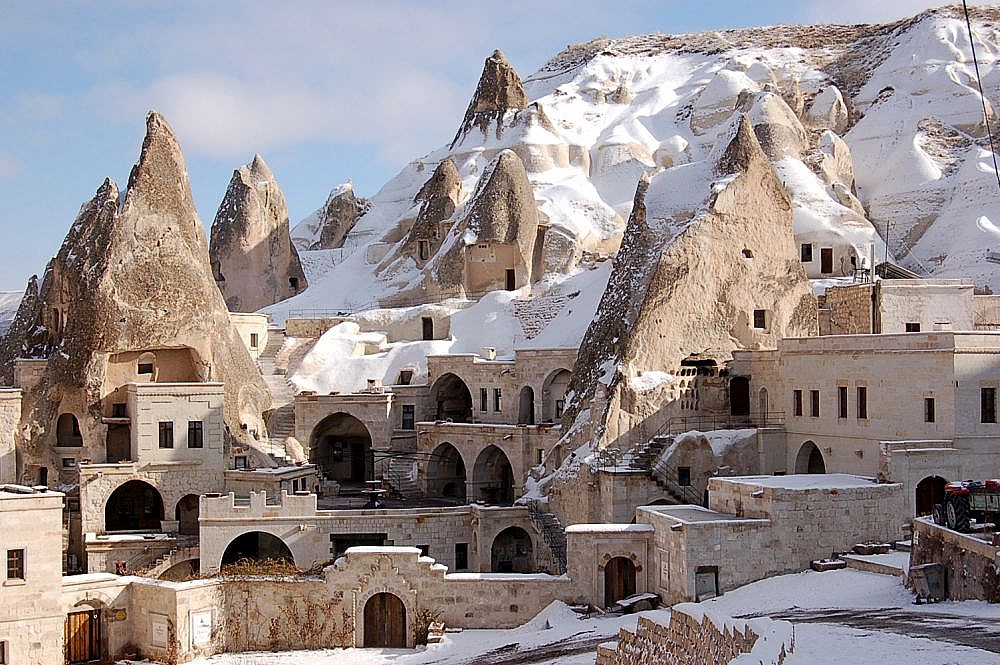
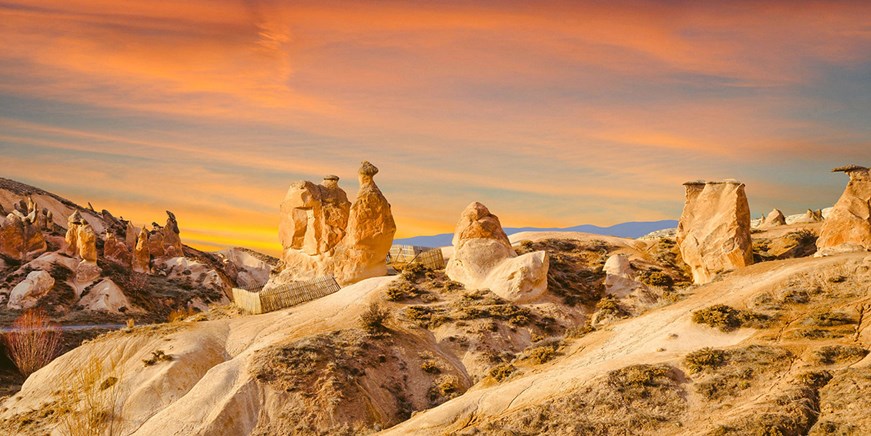
Day 3: Travel to Cappadocia
Fly to Cappadocia, known for its unique landscape Visit the Goreme Open-Air Museum, a UNESCO World Heritage Site Explore the stunning rock formations and fairy chimneys of Devrent Valley
Cappadocia: Famous for its surreal landscapes, Cappadocia is a geological oddity with rock formations, cave dwellings, and ancient churches carved into the soft volcanic rock.
Cappadocia
Cappadocia, a semi-arid region in central Turkey, is known for its distinctive “fairy chimneys,” tall, cone-shaped rock formations clustered in Monks Valley, Göreme and elsewhere. Other notables sites include Bronze Age homes carved into valley walls by troglodytes (cave dwellers) and later used as refuges by early Christians. The 100m-deep Ihlara Canyon houses numerous rock-face churches.
Goreme Open-Air Museum
It is well known for its fairy chimneys eroded rock formations, many of which were hollowed out in the Middle Ages to create Christian churches, houses and underground cities. Göreme was formerly known as Korama, Matiana, Macan and Avcilar.
Devrent Valley
Known for its lunaresque landscape, this landmark valley has a variety of whimsical rock formations.Unlike other valleys in the area, Devrent Valley was never inhabited by humans, making it a unique geological wonder. Over thousands of years, wind and water have sculpted the soft volcanic tuff, creating stunning pink-hued rock formations and intriguing pillar-like shapes.


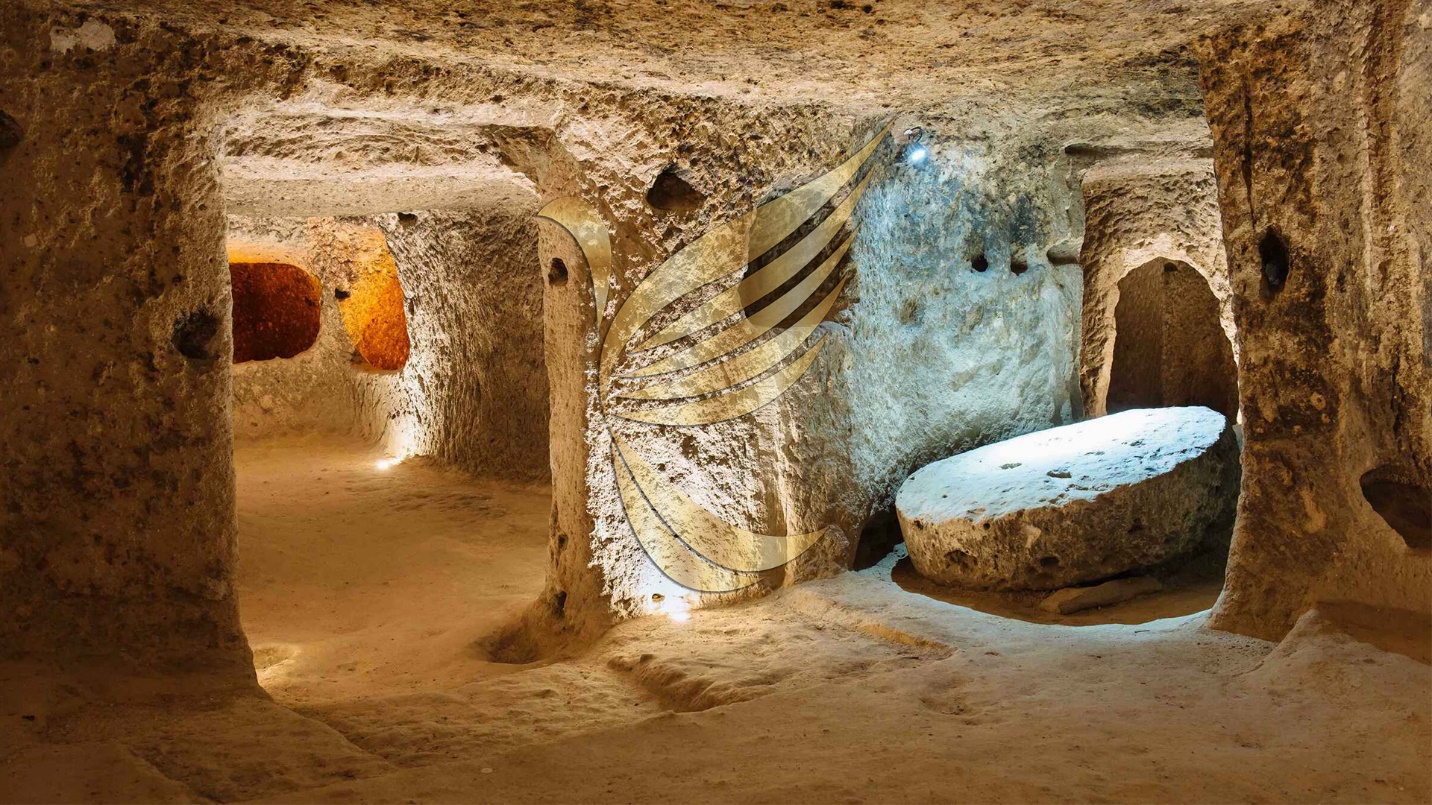
Day 4: Cappadocia Hot Air Balloon Ride and Underground City
Experience a breathtaking hot air balloon ride at sunrise over the fairy chimneys Discover the underground city of Kaymakli or Derinkuyu, a remarkable ancient complex carved into the earth Visit local pottery workshops to see traditional craftsmanship Hot Air Balloon Ride: A once-in-a-lifetime experience offering panoramic views of Cappadocia's stunning landscape from above.
Kaymakli Underground City
Kaymakli Underground City is contained within the citadel of Kaymakli in the Central Anatolia Region of Turkey. First opened to tourists in 1964, the village is about 19 km from Nevşehir, on the Nevşehir-Niğde road. The underground city can hold up to 3,000 people and is over 85 meters deep. You will come across low, winding passages, steep stairs, and rooms that have seen a variety of uses as you explore Kaymakli. Water wells, storage spaces, and ventilation shafts are also visible.
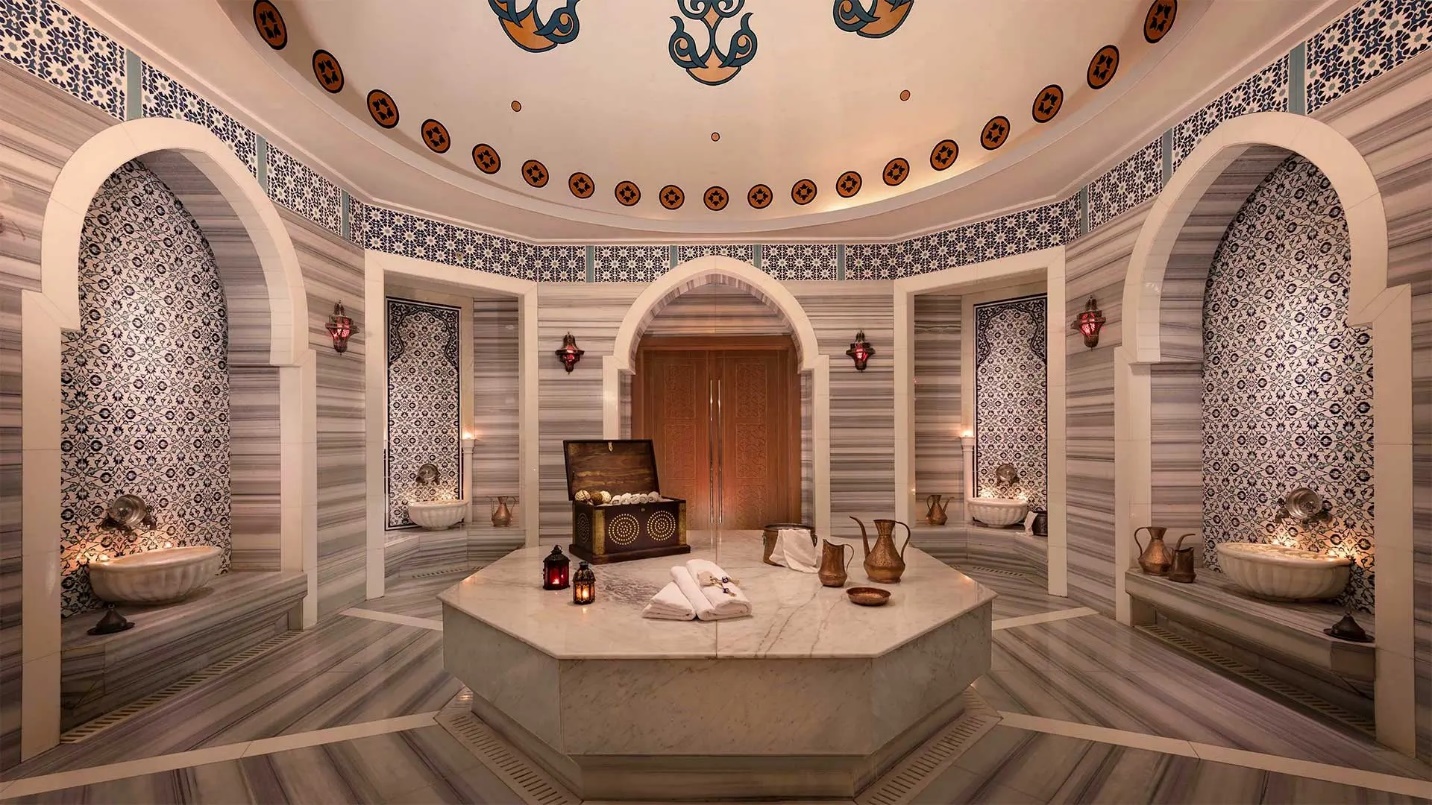



Day 5: Return to Istanbul
Fly back to Istanbul Spend the day at leisure, exploring more of the city's vibrant neighborhoods or indulging in Turkish cuisine Optional: Turkish bath experience for relaxation and rejuvenation. Turkish Bath: Immerse yourself in centuries-old tradition with a Turkish bath, a luxurious and invigorating experience for both body and soul.
Turkish baths
Turkish baths in Istanbul, also known as hamams, are traditional bathhouses that offer a unique bathing experience. They are different from other baths and spas because they follow a traditional Turkish method of bathing that includes a series of sauna-like steam rooms, scrubbing, and massages.
Turkish cuisine
Turkish cuisine is the cuisine of Turkey and the Turkish diaspora. Although the cuisine took its current rich form after numerous cultural interactions throughout centuries, it should not be confused with other cuisines such as Ottoman cuisine or Seljuk cuisine.
Day 6: Departure
Transfer to Istanbul Airport for your departure back to Kenya
Cost Estimate:
Flights (Kenya to Istanbul, Istanbul to Cappadocia, Cappadocia to Istanbul, Istanbul to Kenya): $1000
Accommodation (5 nights): $500
Tours and activities: $400
Meals and miscellaneous: $300
Total: $2200


